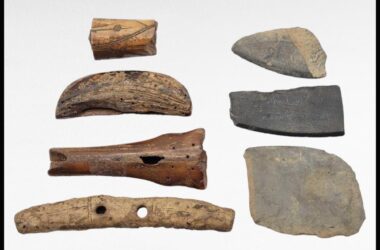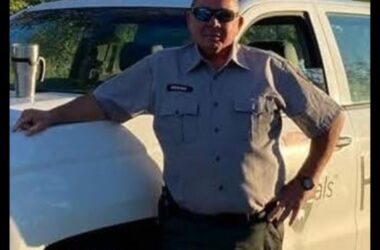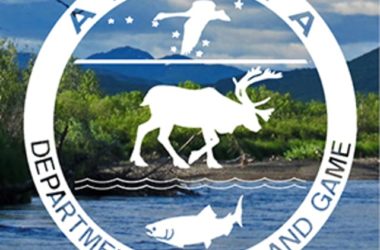Gov. Mike Dunleavy has declared May 7-13 as “Wildland Fire Prevention and Preparedness Week” in Alaska to help raise awareness for the longer wildfire seasons and increased fire activity of recent years. The governor joins fire managers from the Alaska Division of Forestry & Fire Protection, Bureau of Land Management Alaska Fire Service, and the U.S. Forest Service in urging Alaskans to take responsibility for protecting their homes and communities this summer by preventing human-caused wildfires and taking steps to fireproof their homes.
“We know that wildland fires are a natural and inevitable part of Alaska’s ecosystem – and are vital to the maintenance of forest health,” said Governor Dunleavy. “They are also unpredictable and can spread at a swift pace, endangering lives and property. Fires caused by people happen every year and pose serious public safety concerns, so it’s urgent that Alaskans practice wildland fire prevention.”
The wildfire season officially began April 1, when the Division of Forestry & Fire Protection (DOF) began requiring burn permits for any outdoor open burning or burn barrel use on state, municipal or private lands in Alaska. Of the 11 wildland fires reported so far this season, all 11 have been determined to be caused by humans (mostly resulting from escaped debris burns, burn barrels, and campfires). While these fires have fortunately been small, some have threatened homes and required division wildland firefighters and local fire departments to respond.
Despite cooler temperatures and wet weather this spring, wildfire is still a threat. Dead, dry grass exposed by the melting snow requires only a spark to ignite and escalate into a wildfire. Communities in Southwest Alaska are even beginning to experience tundra fires in recent years, like 2022’s Kwethluk and East Fork fires.
“People don’t realize how quickly a small grass or tundra fire can spread out of control at this time of year, especially if there is any kind of wind,” said DOF Chief of Fire & Aviation Norm McDonald. “If you are doing any kind of burning, whether it’s brush piles or using a burn barrel, it’s tremendously important to get a burn permit and follow the safe burning guidelines listed on it. The wetter, cooler weather this spring has given us a grace period. Alaskans need to do everything they can now to prepare themselves and their homes for potential wildfires.”
More than 60% of wildfires in Alaska are caused by people, and because they tend to occur close to urban areas where most people live and recreate, they are often the most destructive.
“Spend a weekend cleaning up around your house,” McDonald said. “Clean the leaves and spruce needles out of your gutters. Move any firewood away from the house. Limb up any trees close to your house. Make sure any vents or soffits are covered by wire mesh to prevent embers from sneaking in. These suggested actions may sound small, but they can make a big difference protecting a home in a wildland fire.”
For more information about safe burning in Alaska, go to http://forestry.alaska.gov/burn
The Department of Natural Resources’ mission is to develop, conserve, and maximize the use of Alaska’s natural resources consistent with the public interest.






